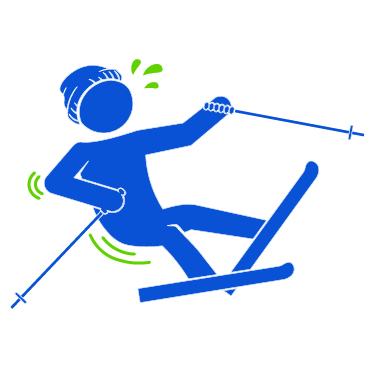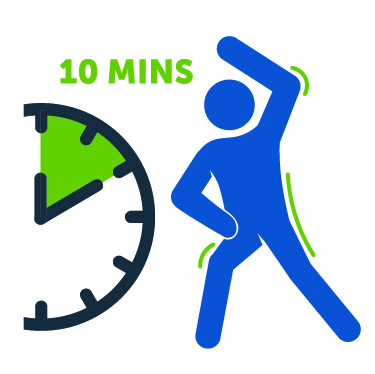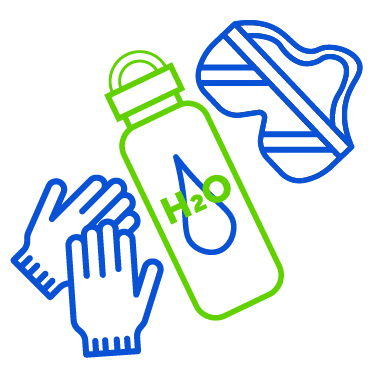Maybe your child slips at the ice rink or your teen crashes into another basketball player. Or, you have a hard spill while hiking or hitting the slopes.
All it takes is one wrong move for a winter sports injury.
While it’s the same for any season, winter does put us at higher risk for injury.

It’s a fact: Cold weather is just harder on our bodies. When temperatures drop, our bodies work to conserve energy and maintain a core body temperature, reducing blood flow to our arms and legs.
As a result, these muscles don’t work as effectively, slowing our response time and raising the risk for sprains, strains, minor fractures, even dislocations.
Still — no matter the season — you’ll want treatment for any injury as soon as possible. Here’s what you can do.
Where to go
Any life-threatening condition should be seen at a hospital emergency department immediately. That includes severe fractures with extreme pain or bone coming out of the skin.
Other injuries can be seen by a primary care physician — if an immediate appointment is available — or at an urgent care facility.
Common winter sports injuries that can be seen at urgent care include:
- Sprains and strains: Treated with proper immobilization and support.
- Cuts and lacerations: Treated with proper wound care, including stitches if needed.
- Simple fractures: Evaluated with an X-ray, followed by immediate splinting or immobilizing.
When it’s cold outside, blood vessels constrict, or get narrower. With less blood flow and less oxygen going to your tissues, any injuries may feel more painful. Urgent care can help with pain management, too.
Preventing winter sports injuries

The knees, shoulders, hips and elbows are at highest risk for injury during cold weather. The best way to lower risk: don’t skip warm-ups.

It only takes about 10 minutes to stretch major muscle groups and start some light aerobic activity. After activity, make sure to cool muscles down to relax them and to help prevent cramping.
To stay hydrated even if you don’t feel thirsty. And always wear the proper gear and protective equipment, like footwear, helmets, gloves and goggles.
Last tip
Sports injuries can happen despite anyone’s best efforts. When they do, urgent care could be the right choice — if you can’t wait to see your primary care physician, but your injury isn’t life-threatening.
Want help faster? At Tanner Urgent Care, you can get to an exam room faster! Just give us a heads up when you’re “On Your Way.” Use the Tanner MyChart app to reserve your or your child’s spot today.